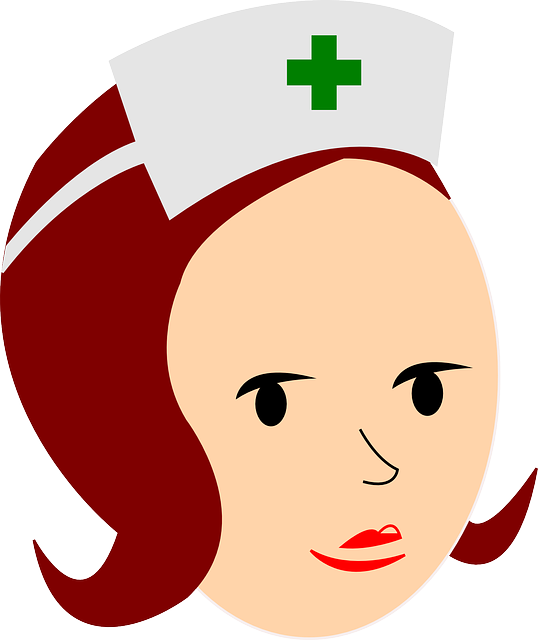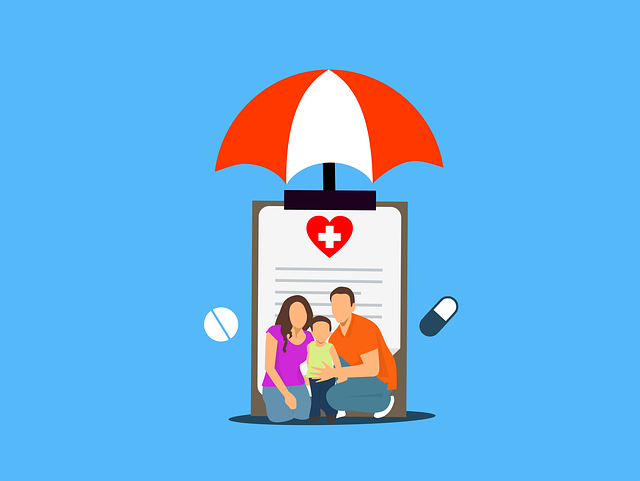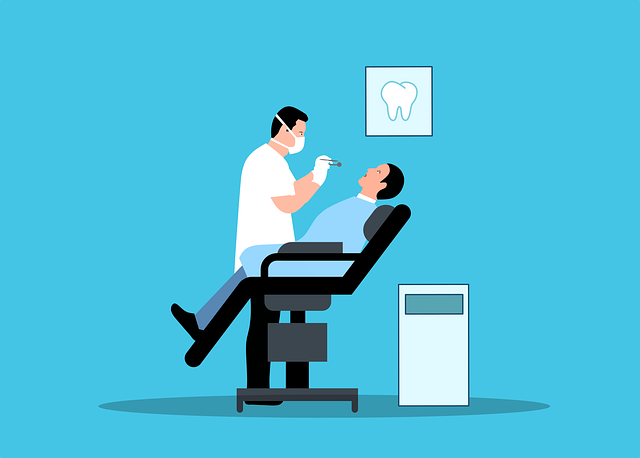Medical Aid and Health Insurance are distinct healthcare coverage options in South Africa, each catering to unique needs. Medical Aid offers comprehensive, structured plans focusing on wellness, prevention, and long-term financial protection. It encourages regular check-ups and healthy living with incentives. Health Insurance, on the other hand, provides flexible, short-term protection allowing individuals to choose any healthcare provider. Policyholders can tailor their coverage based on budget and specific risks. Understanding these differences is crucial for making informed choices tailored to personal healthcare needs in South Africa's evolving healthcare landscape.
In South Africa, understanding the distinction between medical aid and health insurance is crucial for effective healthcare planning. While both provide financial protection, they operate differently. This article delves into these concepts, offering a comprehensive overview of medical aid and its contrast with health insurance. We explore coverage, eligibility, key differences, and scenario-based choices, guiding readers to make informed decisions in the ever-evolving South African healthcare landscape.
- Understanding Medical Aid: A Comprehensive Overview
- Health Insurance in South Africa: What It Covers and Who It's For
- Key Differences Between Medical Aid and Health Insurance
- When to Choose Each Option: Scenarios and Considerations
- The Future of Healthcare Funding: Trends and Predictions
Understanding Medical Aid: A Comprehensive Overview

Medical Aid, a cornerstone of healthcare in South Africa, offers comprehensive coverage for members’ medical expenses. It’s more than just insurance; it’s a structured system designed to promote wellness and mitigate financial risk associated with health issues. Members contribute to their chosen funds, which then pool resources to cover a wide range of services, including hospital stays, specialist consultations, medication, and preventive care.
Unlike Health Insurance, which often focuses on indemnifying expenses, Medical Aid takes a proactive approach. It encourages regular check-ups and promotes healthy living through incentives and access to wellness programs. This holistic view ensures that members not only receive treatment when sick but also take active steps to maintain their health, fostering a balanced and vibrant lifestyle.
Health Insurance in South Africa: What It Covers and Who It's For

In South Africa, health insurance is a private sector offering designed to help individuals and families manage their healthcare expenses. It’s a type of coverage that provides financial protection against the costs associated with various medical services, such as hospital stays, doctor visits, and prescription medications. Unlike medical aid, which often comes through employers or is government-mandated, health insurance is purchased independently.
This form of insurance is particularly beneficial for those who prefer more flexibility in their healthcare choices. It allows policyholders to visit any healthcare provider within the insurer’s network, giving them the freedom to choose specialists and hospitals based on personal preference rather than being restricted by a specific plan or network. This makes health insurance an attractive option for individuals who want control over their healthcare decisions while ensuring they have financial protection in case of unexpected medical expenses.
Key Differences Between Medical Aid and Health Insurance

When comparing Medical Aid vs Health Insurance in South Africa, understanding key differences is crucial for making an informed decision about your healthcare coverage. While both options aim to provide financial protection against medical expenses, they operate under distinct models.
Medical Aid focuses on pre-agreed benefits and services within a specific plan, often with a network of hospitals and doctors. Members typically pay monthly contributions and enjoy access to prescribed treatments and procedures as outlined in their policy. In contrast, Health Insurance offers more flexible coverage, allowing individuals to choose any healthcare provider within the country. Policies usually cover a range of medical expenses, from routine check-ups to hospitalization, with options for different levels of coverage based on individual needs and budgets.
When to Choose Each Option: Scenarios and Considerations

When deciding between medical aid and health insurance, understanding your needs and circumstances is key. Medical Aid is a long-term investment designed to cover a wide range of medical expenses, including hospital stays, specialist visits, and chronic conditions. It’s suitable for individuals and families looking for comprehensive coverage and often includes additional benefits like dental care, optical services, and wellness programs.
On the other hand, Health Insurance is typically more flexible and short-term focused. It provides cover for unexpected medical events such as accidents or critical illnesses. This option is ideal for those who want immediate protection against specific risks without committing to long-term contracts. Consider your health history, family medical background, and budget when making this choice. While medical aid may offer more extensive coverage, health insurance can be a prudent choice for temporary needs or those seeking more affordable options.
The Future of Healthcare Funding: Trends and Predictions

The future of healthcare funding in South Africa is an intriguing topic, especially when comparing traditional medical aid versus health insurance. Trends indicate a growing demand for flexible and affordable healthcare solutions. As the population ages and awareness about preventive care increases, there’s a shift towards more proactive healthcare management. Digitalization plays a pivotal role in this transformation, enabling seamless access to medical records and promoting remote consultations.
Predictably, the line between medical aid and health insurance will continue to blur as innovative models emerge. Telemedicine, for instance, is gaining traction, potentially reducing the reliance on traditional face-to-face visits. Additionally, with rising costs, many consumers are exploring value-based care models where payment is linked to patient outcomes, encouraging healthcare providers to focus on long-term wellness rather than short-term treatments. This evolution in funding methods promises a more sustainable and accessible healthcare system for all South Africans.
In navigating the complex landscape of healthcare funding in South Africa, understanding the distinctions between medical aid and health insurance is paramount. While both offer financial protection against medical expenses, they operate under different models and cater to specific needs. Medical aid, with its comprehensive coverage and focus on pre-existing conditions, provides a robust safety net for individuals and families. Health insurance, on the other hand, offers more flexible plans tailored to diverse budgets and health requirements. Choosing between these options depends on personal circumstances and financial considerations. As the healthcare industry evolves, trends suggest a move towards integrated solutions that combine elements of both medical aid and health insurance, offering South Africans enhanced choices and control over their healthcare funding.

